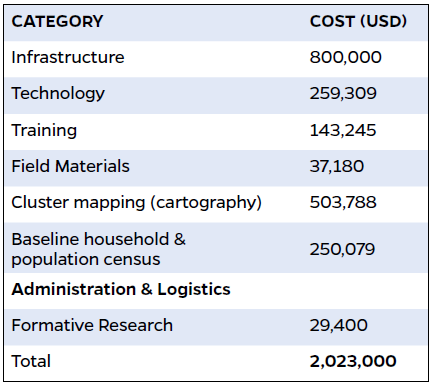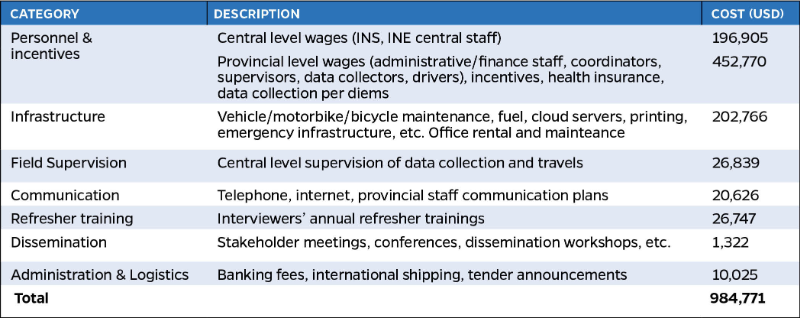Institutional governance, data ownership, and stakeholders’ engagement, and resource mobilization
Step 1
Summary
Although nearly all LMICs could benefit from an SMSS, implementing one has prerequisites. The continuous nature of an SMSS requires a long-term commitment. Planning the system to ensure that it will be useful and relevant to addressing the country’s health data needs is essential. Obtaining buy-in from high level government leadership is an initial step that can greatly facilitate subsequent steps and ensure a successful engagement of all stakeholders. In addition, there are important implications related to institutional capacity, feasibility, financial and human resources, and sustainability. We outline below key considerations, including deciding on institutional leadership, data ownership, and stakeholders’ engagement. Budget and financing considerations are also examined at this stage.
Institutional Leadership
Leadership from the government, through a designated government institution isessential to effectively undertake all required steps. Strong leadership is required to promote the credibility necessary for data buy-in and use by the government and stakeholders for official statistics. Given the goal of data and statistical production, government mandated institutions must be first engaged to discuss the content, scope, and responsibilities.
In many African countries, national statistical offices have such mandate. However, the system’s focus on health indicators and potentially its extension to other areas such as disease surveillance may mean that the health information department within the Ministry of Health can also take the lead, depending on its capacity to successfully undertake continuous heavy national data collection. Many countries have also established national public health institutes that are mandated to conduct health surveillance activities within the country and generate evidence for health-related decision-making. These institutes often lead the implementation of sero-surveillance surveys or other national health surveys such as the malaria indicator surveys and the HIV/AIDS surveys. Public health institutes or Ministries of Health, can serve as an ideal home institution for the surveillance system, where linkage can be established with other government institutions or departments. In some cases, partnership between the national institute of statistics, civil registration authorities, and an existing public institute can be established with clear division of labor and leadership to avoid conflicts in the long run. An established institutional lead of the SMSS will establish a clear line of accountability for the system.
Table 1: Example Start-up Fixed Costs for the COMSA/SIS-COVE Project 
Table 2: Example: Recurrent Costs for the COMSA/SISCOVE Project 
To Learn More:
-
*Mozambique Sample Vital Statistics System: Filling the Gaps for Mortality Data A commentary from the 2023 COMSA supplement in The American Journal of Tropical Medicine and Hygiene.
-
*Implementing the Countrywide Mortality Surveillance in Action in Mozambique: How Much Did It Cost? An original research article from the 2023 COMSA supplement in The American Journal of Tropical Medicine and Hygiene.
-
*From External to Local: Opportunities and Lessons Learned from Transitioning COMSA-Mozambique An original research article from the 2023 COMSA supplement in The American Journal of Tropical Medicine and Hygiene.
| Last updated |
|---|
| Apr 15, 2025 |